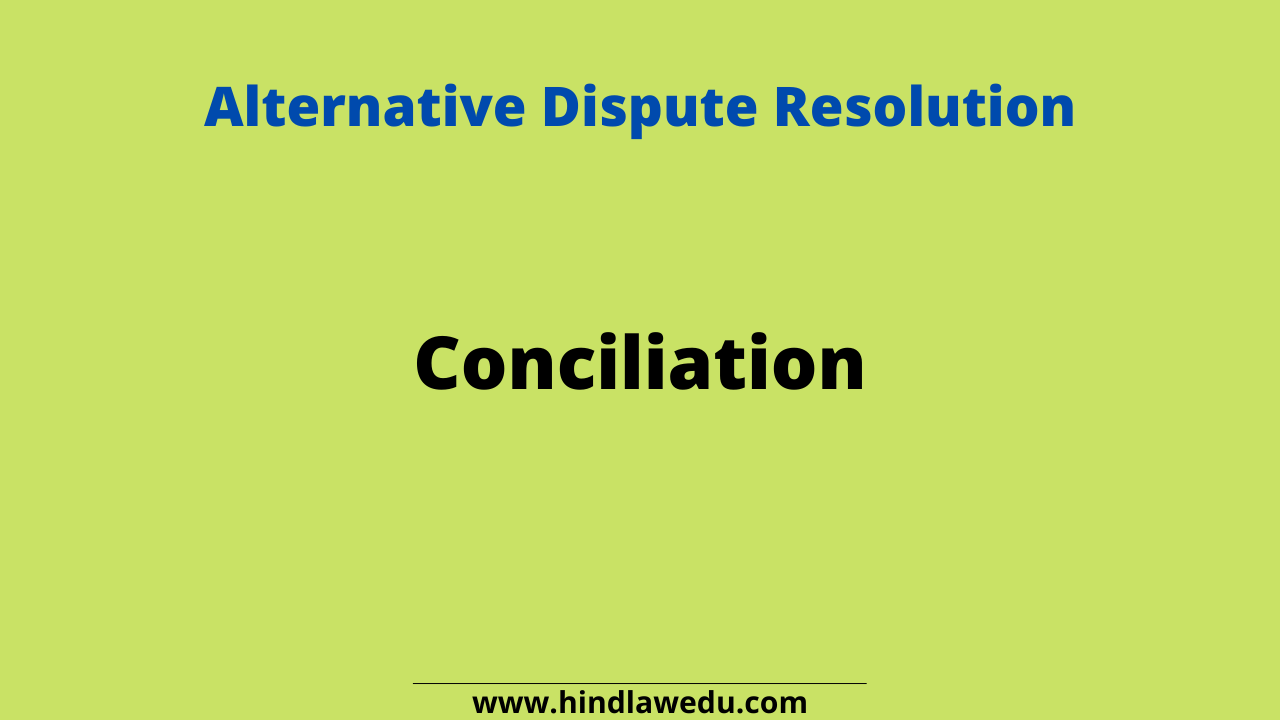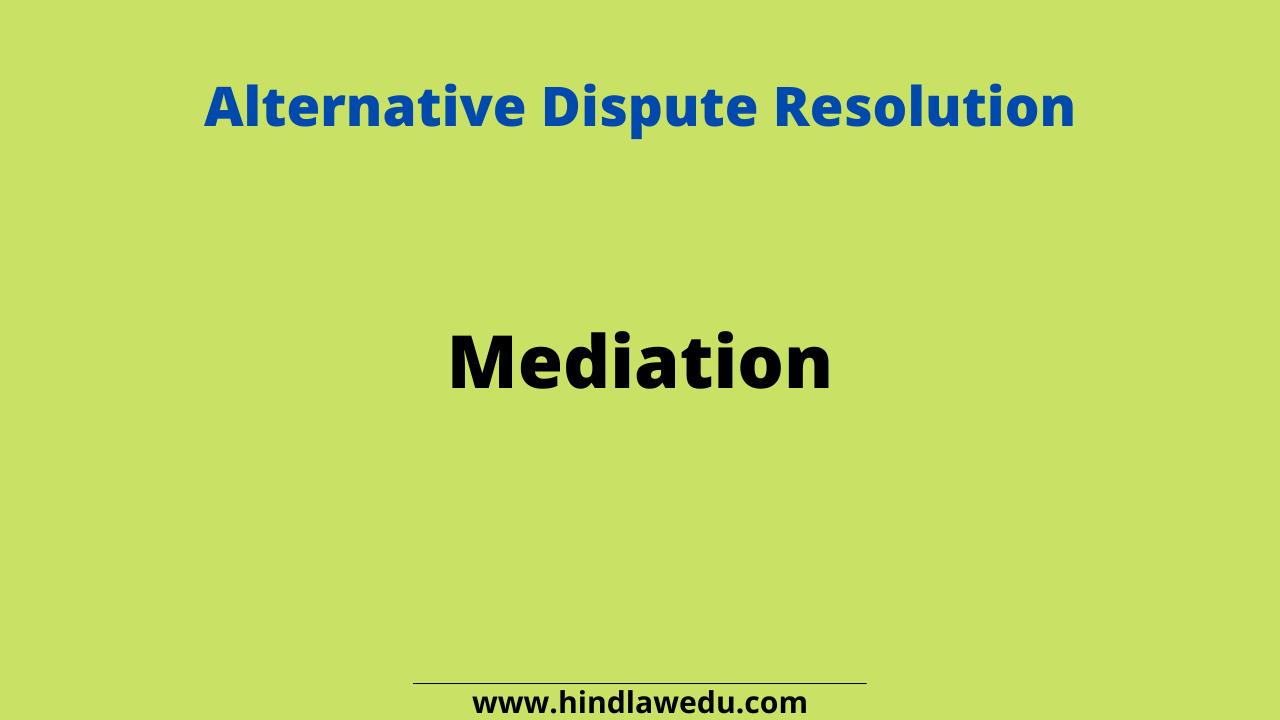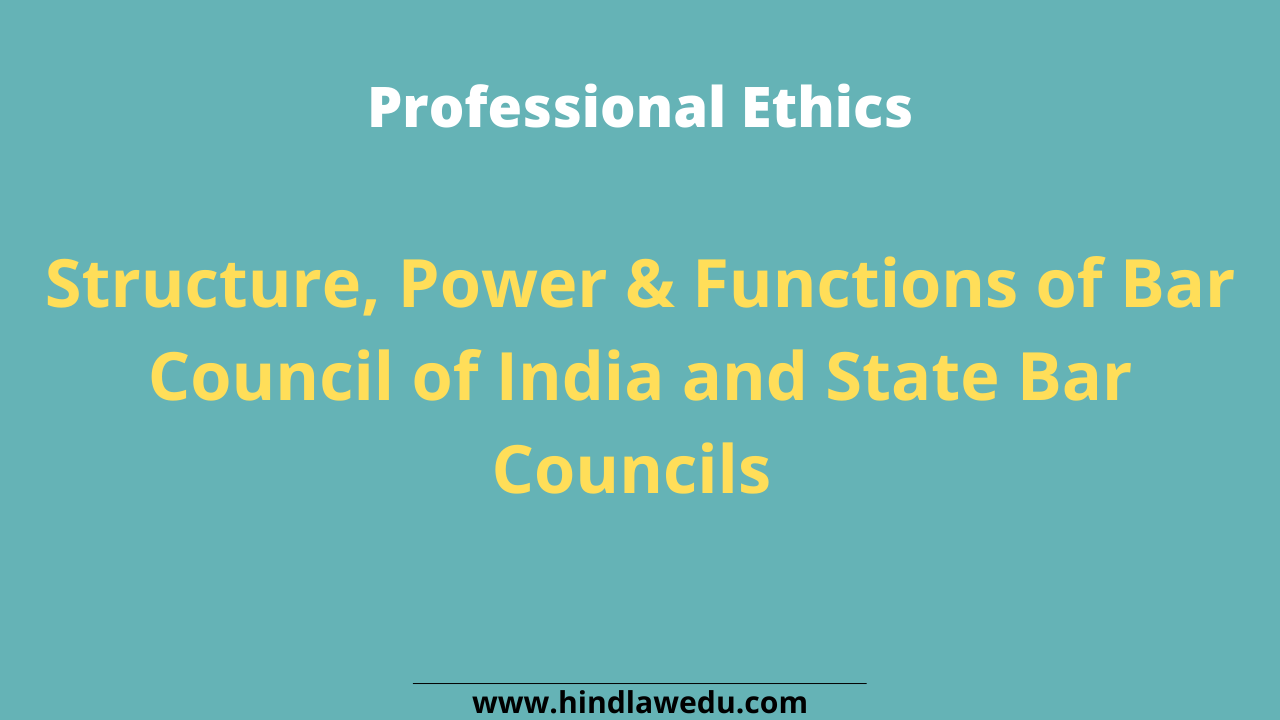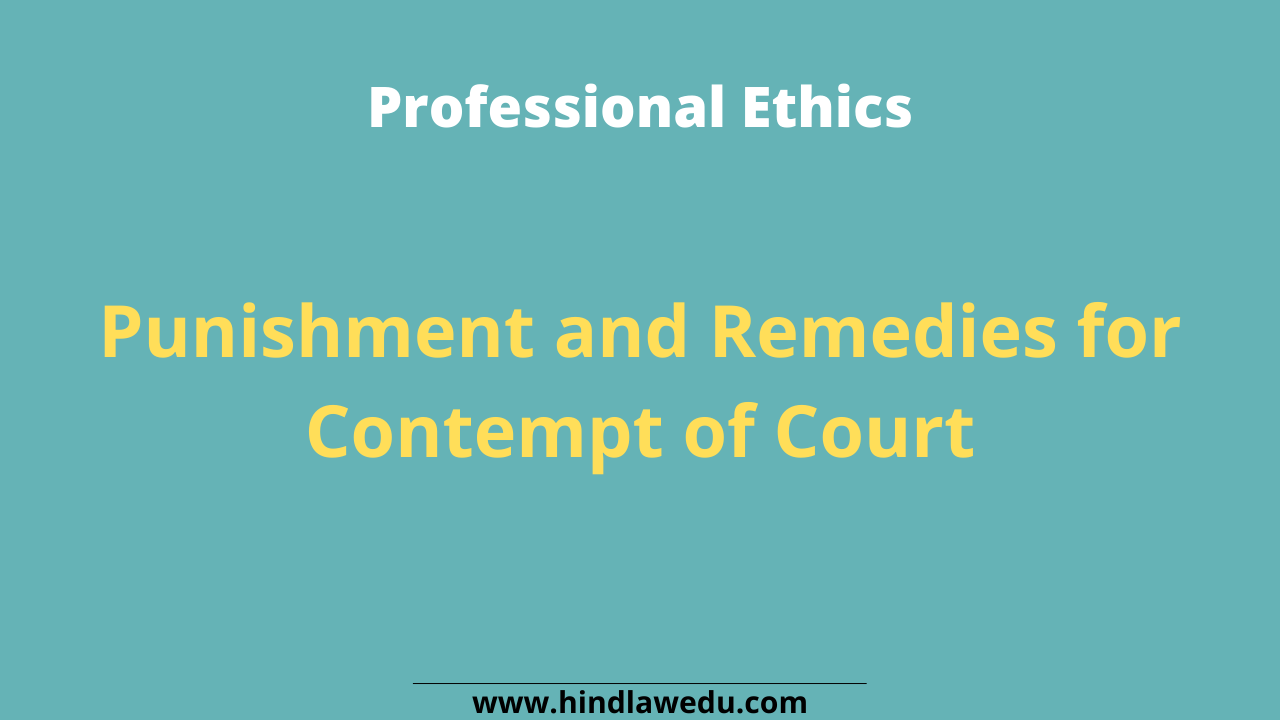- State Bar Councils
The State Bar Councils are statutory bodies established under Section 3 of the Advocates Act, 1961. They act as regulatory bodies, making rules for the legal profession and education in their respective states and also act as the representatives of the advocates of that state, thereby acting in their interests. They work in coordination with and under the supervision of the Bar Council of India, which is a national body established under Section 4 of the Advocates Act, 1961.
Structure of State Bar Councils
- Section 3 of the Advocates Act mandates that there shall be a Bar Council for every state, and it shall be called as Bar Council of that state.
- Every Bar Council shall be a body corporate with perpetual succession and common seal. It can acquire and hold properties. It can sue or be sued.
- There shall be a Chairman and Vice Chairman of each Bar Council elected by the Council. The Advocate – General of a state shall be ex-officio member of that State Bar Council.
- There shall be 15 members in a State Bar council if the electorate doesn’t exceed 5,000. And it becomes 20 if the electorate ranges between 5,000 – 10,000.
- There shall be 25 members in the Council if the number exceeds 10,000. The members of the Council are elected through a system of proportional representation by means of the single transferable vote from amongst Advocates on the electoral roll of the State Bar Council.
Functions of State Bar Councils
Section 6 of the Act lays down the important functions of a State Bar Council. They are as follows:
- To admit persons as Advocates on its roll.
- To prepare and maintain such roll.
- To entertain and determine cases of misconduct against Advocates on its roll.
- To safeguard the rights, privileges and interests of Advocates on its roll.
- To promote and support law reform.
- To conduct seminars and organize talks on legal topics by eminent jurists and publish journals and papers of legal interest.
- To organize legal aid to the poor.
- To manage and invest the funds of the Bar Council.
- To provide for the election of its members.
- To perform any other functions as prescribed by the Act.
- To do all other things necessary for discharging the aforesaid functions.
- The Bar Council Of India
The Bar Council of India is a statutory body created by Parliament under the Advocates Act,1961 to regulate and represent the Indian bar. It performs the regulatory function by prescribing standards of professional conduct and etiquette (proper behaviour) and by exercising disciplinary jurisdiction over the bar. It also sets standards for legal education and grants recognition to Universities whose degree in law will serve as qualification for enrolment as an advocate.
In addition, we perform certain representative functions by protecting the rights, privileges and interests of advocates and through the creation of funds for providing financial assistance to organise welfare schemes for them.
Structure
The Bar Council of India shall consist of:
- The Attorney General of India and the Solicitor General of India are Ex-officio members of the council and the other members represent the State Bar Councils in the country.
- The members are elected for five years and the chairman and vice-chairman are elected for two years from among the members of the Bar Council of India.
Powers and Functions of the Bar Council
Section 7 of the Advocates Act provides for the functions of the Bar Council of India.
- To lay down standards of professional conduct and etiquette for advocates
- To lay down the procedure to be followed by its disciplinary committee and the disciplinary committee of each State Bar Councils
- To safeguard the rights, privileges and interests of advocates
- To promote and support law reform
- To deal with and dispose of any matter arising under this act, which may be referred to it by a State Bar Council
- To exercise general supervision and control over State Bar Councils
- To promote legal education and to lay down standards of legal education. This is done in consultation with the universities in India imparting legal education and the State Bar Councils
- To recognize universities whose degree in law will be a qualification for enrolment as an advocate. The Bar Council of India visits and inspects universities, or directs the State Bar Councils to visit and inspect universities for this purpose
- To conduct seminars and talks on legal topics by eminent jurists and publish journals and papers of legal interest
- To organize legal aid to the poor
- To recognize on a reciprocal basis, the foreign qualifications in law obtained outside India to admission as an advocate in India
- To manage and invest the funds of the Bar Council
- To provide for the election of its members who will run the Bar Councils
- To perform all other functions conferred to it by or under this Act
- To do all other things necessary for discharging the aforesaid functions.
–This article has been edited by Juhi Dhekial phukan.














